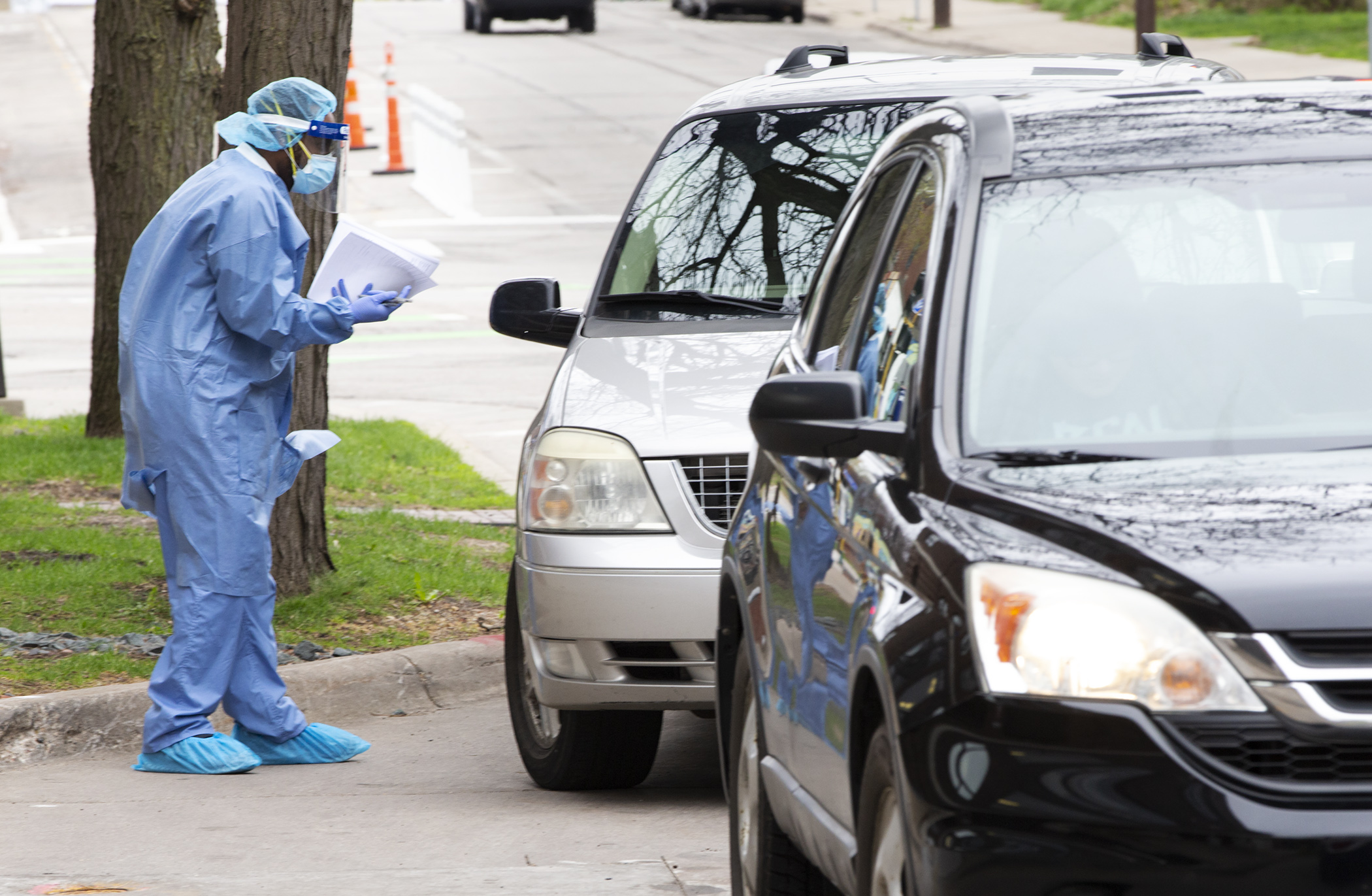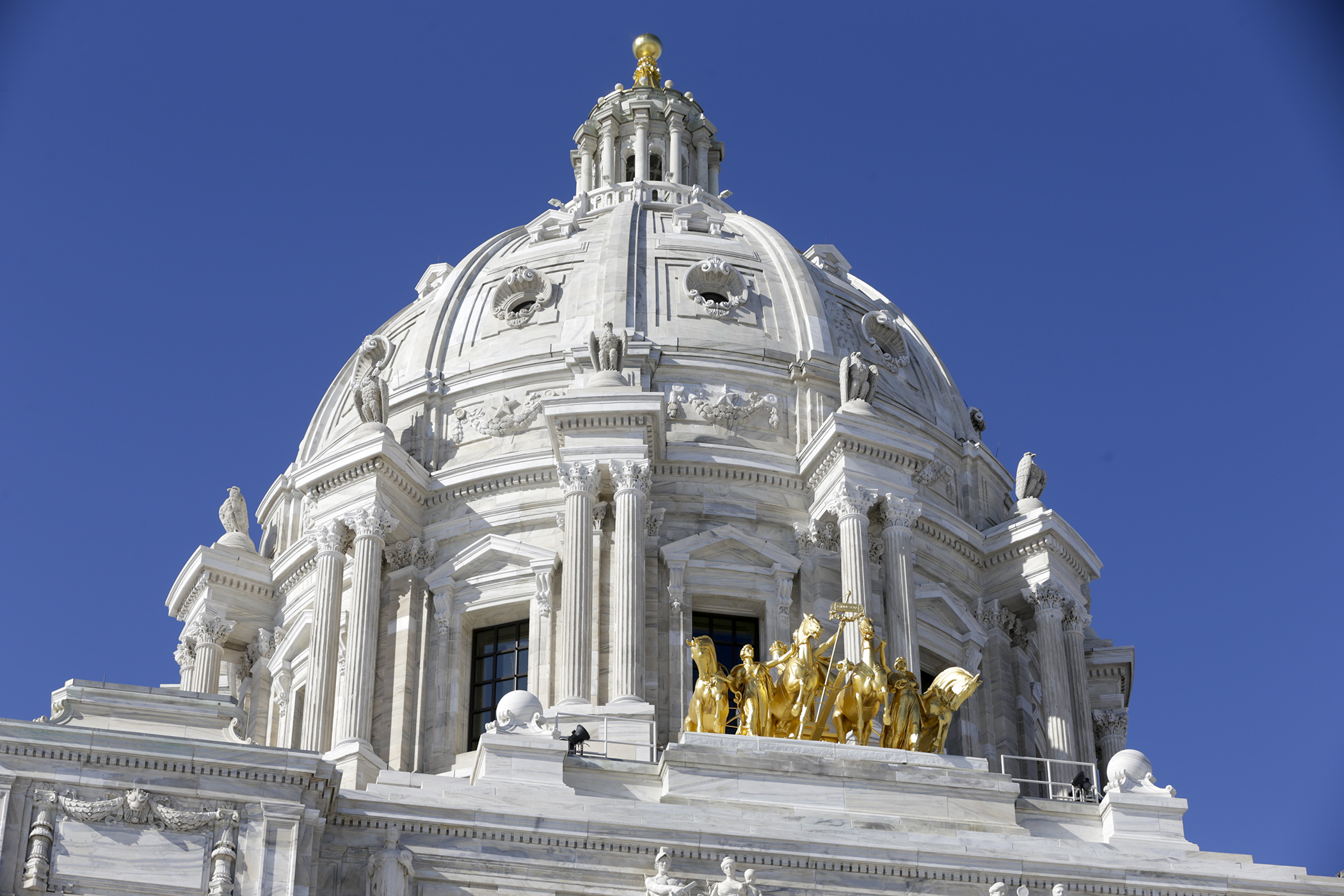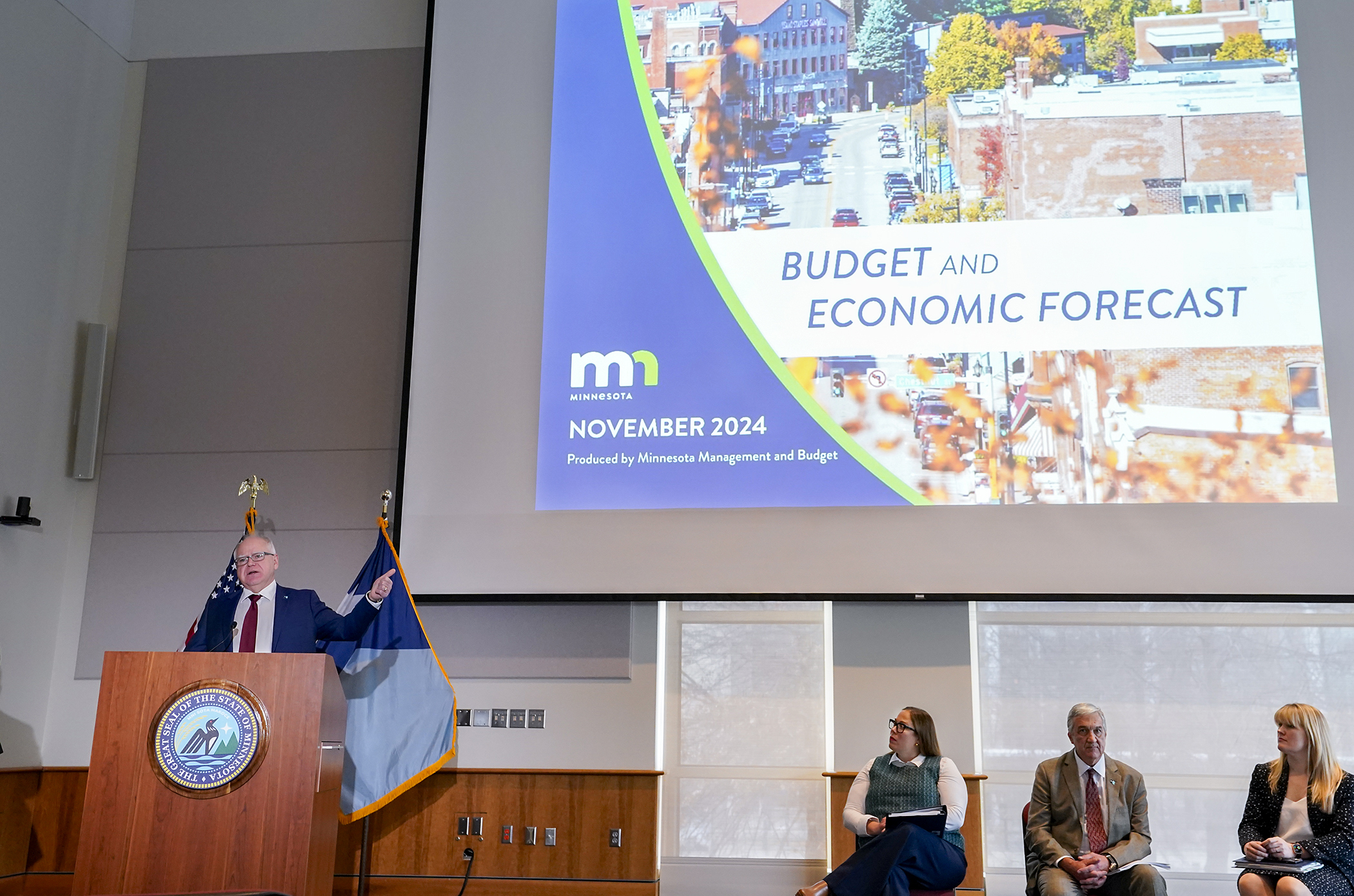House health panel advances 'work in progress' COVID-19 contact tracing plan

Increased testing for COVID-19 can only do so much to prevent the pandemic’s spread without a rapid, organized response focused on contact tracing and the targeted isolation of potentially infected people.
“This is really the next thing we need to do, as a state, to make that testing worthwhile … the most important thing that we can really do to … get our economy back on track,” Rep. Tina Liebling (DFL-Rochester) said during a remote hearing of the House Health and Human Services Finance Division Wednesday.
She sponsors HF4579, which, as amended, would establish a program to provide contact tracing, case investigation, and follow-up services for people with COVID-19, as well as the resources needed to fund those efforts.
The bill was approved in a 10-8 party line vote and now goes to the House Ways and Means Committee. A companion, SF4500, is sponsored by Sen. Michelle Benson (R-Ham Lake) and awaits action by the Senate Health and Human Services Finance and Policy Committee.
It was amended orally to appropriate $25 million in state money from the COVID-19 Minnesota fund and $200 million in federal money from the CARES Act, but those are “placeholder numbers” that could likely change when the ways and means committee considers the bill, as more detailed information becomes available, Liebling said.
The bill is still “a work in progress,” with more to be done in both refining the policy and incorporating stakeholder feedback. But, with Wednesday as the division’s last scheduled meeting this session, it was important to get something started, Liebling said.
 Medical workers gather information from people waiting to be tested for COVID-19 at the People’s Center Clinics and Services in Minneapolis April 29. Photo by Paul Battaglia
Medical workers gather information from people waiting to be tested for COVID-19 at the People’s Center Clinics and Services in Minneapolis April 29. Photo by Paul BattagliaBefore the pandemic, the Department of Health had about 20 employees dedicated to contact tracing. Now it has over 200. It could need as many as 4,200 to achieve early, aggressive intervention, said Deputy Commissioner Margaret Kelly.
In the short term, it intends to meet the tracing needs by redeploying staff from within the department and other agencies, partnering with the University of Minnesota to work with public health students, and bringing on other volunteers. The department has already begun partnering with and training local public health agencies, Kelly said.
Though these efforts, the department could get 300 to 500 tracers for a limited period of time. But it would likely need to contract with an outside entity to meet its long-term personnel needs, she said.
The bill includes language that would prevent employers from stopping health care employees on furlough or unpaid leave from accepting work as contact tracers, or retaliating against them. Employees would be expected to to return to work with that employer with a week’s notice.
Rep. Barb Haley (R-Red Wing) and Rep. Jeremy Munson (R-Lake Crystal) wanted to ensure that the specific bill language wouldn’t unintentionally disincentivize health-care professionals from returning to direct-care settings where they are vitally needed.
The bill would also support IT costs tied to the ramped-up response, as the department would need to change the way it records contacts and case information. That, Kelly said, is because the department's current system doesn’t have the capacity required for the proposed scale of operations, and would also be difficult to train new workers on.
The program would expire Feb. 1, 2021, when the Legislature would be back in session and could decide what to do next. However, it is not tied to the end of a peacetime emergency, because the department will still need to follow up on COVID-19 cases at that point, Liebling said.
Assisted Living Rule-making delay
Rep. Jennifer Schultz (DFL-Duluth) successfully offered an amendment to the delete-everything amendment that would provide a one-year delay to rule-making requirements related to the Assisted Living Licensure Law passed last year.
This would give the Department of Health the time needed to do the job correctly, given the other pressures it is under related to the COVID-19 pandemic, but also implement consumer protection provisions next August, as any delay could put people at risk, Schultz said.
Related Articles
Search Session Daily
Advanced Search OptionsPriority Dailies
Ways and Means Committee OKs House budget resolution
By Mike Cook Total net General Fund expenditures in the 2026-27 biennium will not exceed a hair less than $66.62 billion.
That is the budget resolution approved Tuesday by the House Ways...
Total net General Fund expenditures in the 2026-27 biennium will not exceed a hair less than $66.62 billion.
That is the budget resolution approved Tuesday by the House Ways...
Minnesota's budget outlook worsens in both near, long term
By Rob Hubbard It looks as if those calling for less state spending could get their wish, judging from Thursday’s release of the February 2025 Budget and Economic Forecast.
A state su...
It looks as if those calling for less state spending could get their wish, judging from Thursday’s release of the February 2025 Budget and Economic Forecast.
A state su...